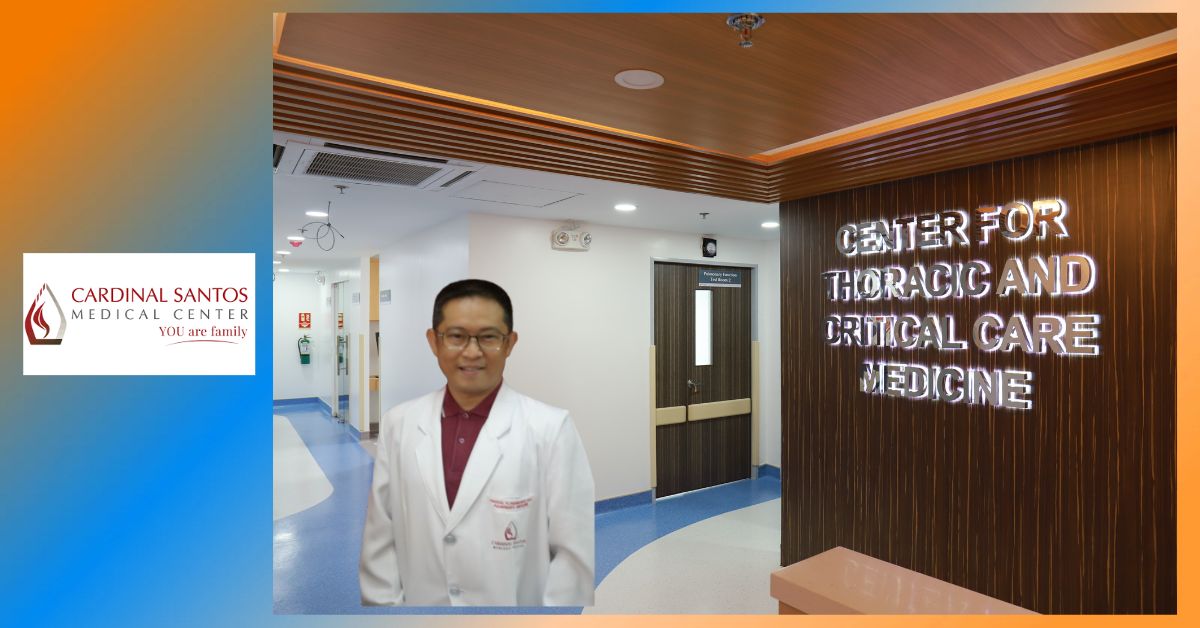With nearly 17,000 fatalities in 2020, lung cancer is the second-most prevalent cancer in the Philippines. This is likely due to the very large smoking population — 28% or 17.3 million Filipinos over 15 years old are smokers. According to the Philippine Cancer Society, lung cancer does not stay contained to the lungs.
“Lung cancer could also spread through the bloodstream and affect other parts of the body, such as the lymph nodes, and can metastasize in vital organs,” according to Dr. Percival P. Pangilinan, Section Head of Pulmonary Medicine and Lung Cancer at Cardinal Santos Medical Center (CSMC).
Unfortunately, some signs and symptoms of lung cancer do not show at an early stage, making it hard to detect until the cancer is advanced. The main symptoms of lung cancer can include a long-term cough that worsens over time, persistent breathlessness, tiredness or fatigue, and coughing up blood.
“The most common cause of lung cancer is, of course, smoking. But some lung cancer patients develop cancer despite not being smokers. In cases like those, it is likely due to their environment. Perhaps they have family members or loved ones who smoke, which means they are exposed to secondhand smoke, which is just as deadly,” Dr. Pangilinan added.
While smoking is the primary cause of the disease, there are other ways one can contract lung cancer. Exposure to radon, a colorless, odorless radioactive gas that occurs naturally in soil, is the second leading cause of lung cancer. Moreover, exposure to hazardous industrial compounds like asbestos, arsenic, and petroleum products, as well as exhaust fumes and vehicular pollution, may increase the risk of developing lung cancer.
How to Prevent Lung Cancer?
According to Dr. Pangilinan, “The best way to prevent lung cancer is to not start smoking in the first place. And if you are already smoking, I urge you to quit for the sake of your health, as well as the health of the people around you.”
Additionally, certain lifestyle choices can also help lower the risk of developing the disease. Consume foods rich in antioxidants, such as berries, dark-green leafy vegetables, oats, and fish. Being physically fit and active can also strengthen the body and protect it.
Finally, it is important to get regular checkups and cancer screenings at a medical institution. CSMC’s Pulmonary Institute – Center for Thoracic and Critical Care Medicine aims to provide patients who experience pulmonary diseases with comprehensive, state-of-the-art medical services. The hospital also offers treatments and services for other pulmonary diseases, such as pneumonia, asthma, emphysema, pulmonary fibrosis, and others.
“I highly encourage patients to visit CSMC if they would like an assessment of their lung health,” said Dr. Pangilinan. “We are glad to share our expert advice and quality care so that you will be able to live the best life you possibly can.”
Know more about the programs and services that CSMC offers by visiting its website and Facebook page.


